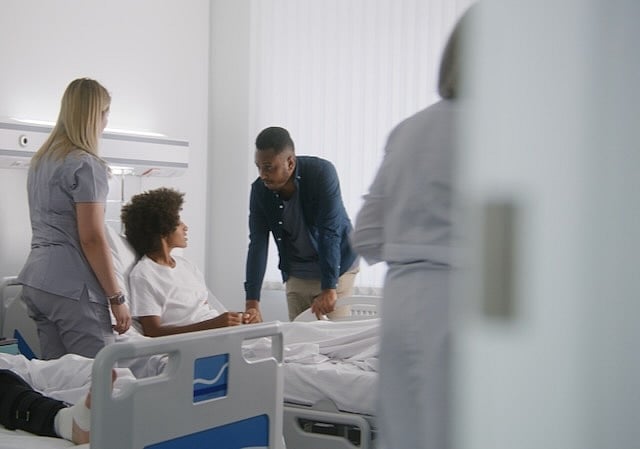(330) 876-1228
8507 Main StreetKinsman, OH 44428
(330) 876-1229

Teens from minority groups seeking treatment at pediatric trauma centers are more likely than their white counterparts to be tested for drugs and alcohol.
That's the takeaway from a new study led by researchers at UCLA and Children's Hospital Los Angeles.
"While screening can positively affect patients if it is followed by counseling and treatment, it can also lead to negative consequences," said lead study author Dr. Jordan Rook, a resident in general surgery at UCLA's David Geffen School of Medicine.
His team found that injured teens who are Black, Hispanic or American Indian are more likely to be screened for substance use.
"We believe that existing guidelines on substance use screening may be inadequate to achieve equitable high-quality screening in adolescent trauma care," he said in a UCLA news release. "Stricter guidance and oversight and/or the implementation of universal screening protocols and equitable utilization of support services may be needed."
For the study, researchers looked at data on 85,400 trauma patients between the ages of 12 and 17 who were treated at 121 pediatric trauma centers. Of those, 67% were white, 82% were non-Hispanic, 72% were boys and 51% had private insurance.
In all, a quarter of them were tested for alcohol and 22% were tested for drugs, the study found.
Of note:
The odds of alcohol screening were 117% higher for American Indians than white patients, and 75% higher for drugs
Black patients were 8% more likely than white patients to be screened for alcohol and 13% more likely to be screened for drugs
Hispanic patients had a 20% higher likelihood of alcohol screening and were 12% more likely than white teens to be screened for drugs
Girls were 32% more likely than boys to be screened for alcohol and 28% more likely to be screened for drugs
Teens insured by Medicaid were 15% and 28% more likely to be screened for alcohol and drugs, respectively, than teens with private insurance
Researchers noted that it's unclear if the benefits of screening outweighed any potential harms. And the data don't indicate if tests led to any interventions or treatment.
In addition, overall screening rates are likely to be higher because interview-based screening was not included in the data.
Researchers next plan to investigate the impact of practices at individual hospitals and the accuracy and effectiveness of screening through interviews rather than biochemical testing.
"These efforts seek to equitably increase substance use screening and support services for all adolescents," Rook said.
The findings were published Oct. 4 in the journal JAMA Network Open.
More information
The American College of Surgeons has guidelines for screening trauma patients for drug and alcohol use.
SOURCE: UCLA Health, news release, Oct. 4, 2024
